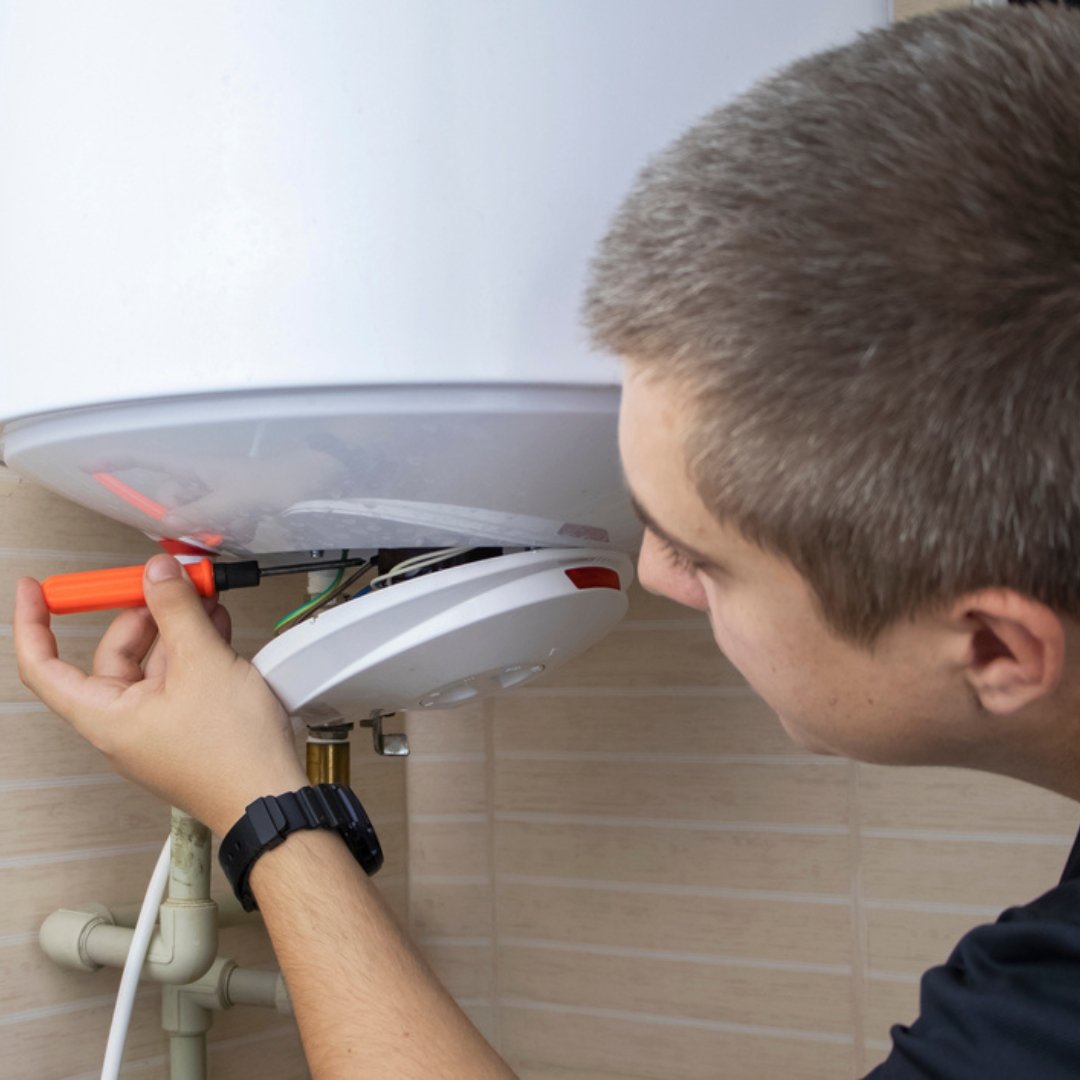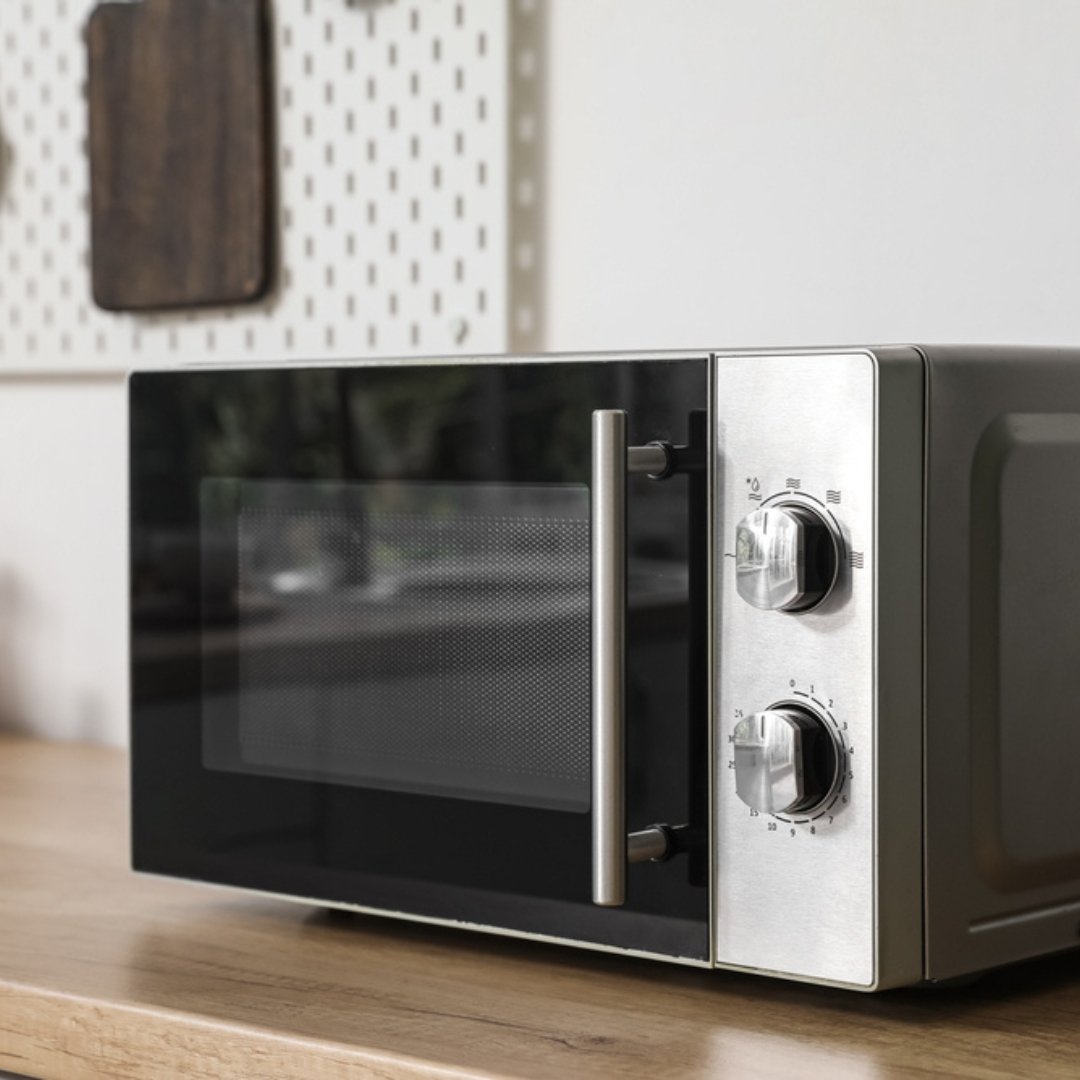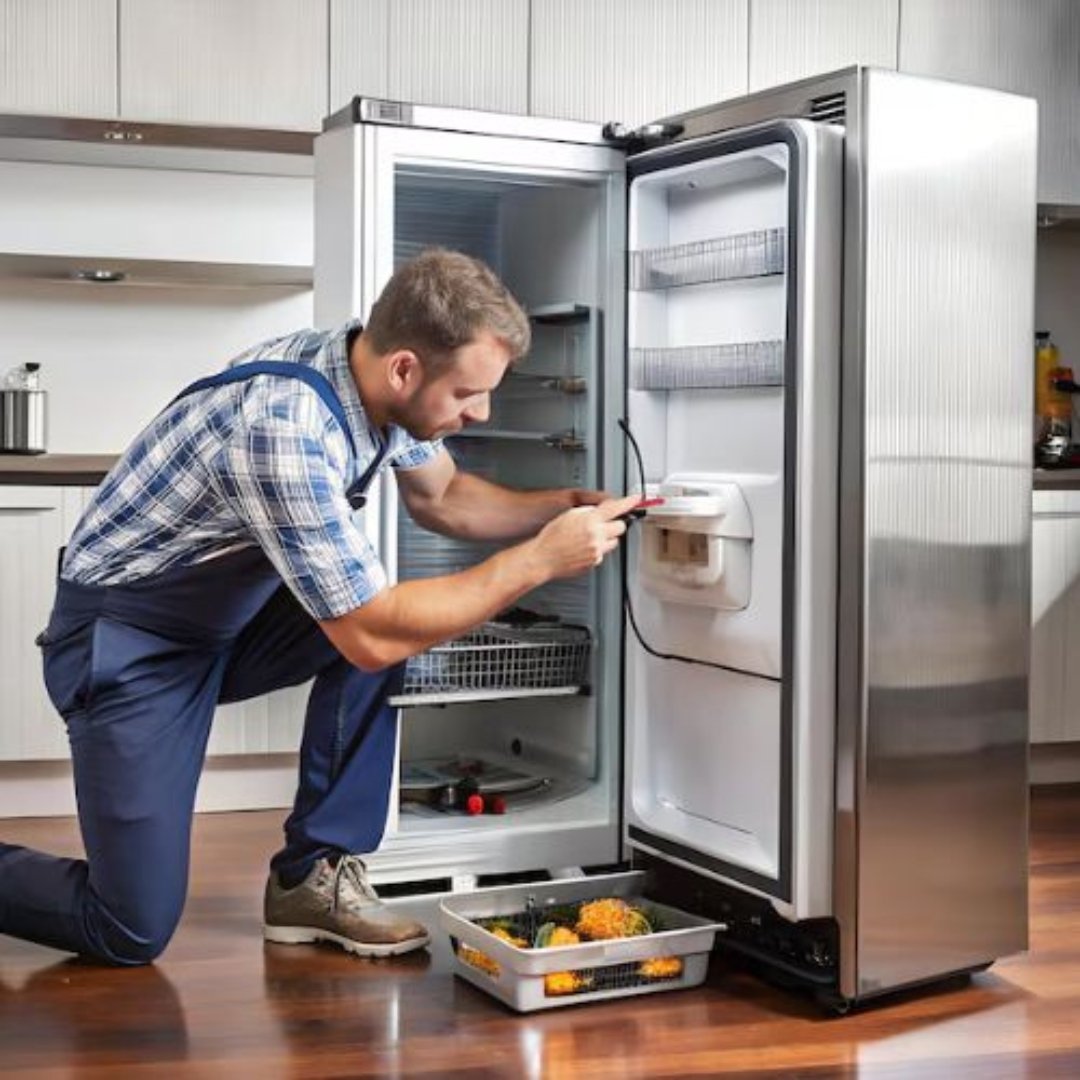Top 10 Safety Tips for Electricians During PAT Testing
Portable Appliance Testing (PAT testing) is essential in ensuring electrical equipment is safe for everyday use in offices, factories, schools, and homes. By identifying faulty wiring, damaged plugs, or dangerous electrical faults, PAT testing reduces the risk of shocks, fires, and equipment failure.
While PAT testing protects end-users, electricians performing these tests must prioritize their own safety. Even with experience, overlooking basic precautions can expose electricians to hazards such as live circuits, electric shocks, burns, or equipment damage. This is why following a structured safety routine is critical.
Here are the top 10 safety tips for electricians during PAT testing, designed to protect you, your clients, and the equipment you’re testing. To Know More Click Here

1. Wear Proper Personal Protective Equipment (PPE)
PPE is your first line of defense. Insulated gloves, safety footwear, and protective glasses reduce the chance of injury. For industrial settings, flame-resistant clothing may also be necessary. Wearing PPE not only protects you from shocks but also ensures compliance with safety regulations.
Example: If a cable unexpectedly sparks while being tested, insulated gloves prevent direct contact with electricity.
2. Inspect All Equipment Before Testing
Before plugging in your PAT tester, carry out a visual inspection of both the appliance and the tester itself. Look for cracked casings, exposed wires, or damaged plugs. Many faults are visible without even running a test.
Tip: A quick visual check can detect up to 90% of appliance faults, saving you from unnecessary risks.
3. Disconnect Appliances Before Handling
Never start testing an appliance while it’s still plugged in. Always unplug the device from the power supply before checking or opening it. Handling live equipment is one of the most common causes of electrical accidents.
Example: Printers, kettles, or industrial machinery may retain residual current. Waiting a few seconds after unplugging ensures the charge dissipates. To Know More Click Here

4. Follow Correct Testing Procedures
Each PAT tester comes with a recommended testing sequence. Skipping steps or rushing through can compromise results and safety. Always test insulation resistance, earth continuity, and polarity as instructed.
Pro Tip: Stick to the “test, record, label” routine—this ensures every appliance is tested thoroughly and safely.
5. Apply Lockout/Tagout (LOTO) Methods
For larger appliances or industrial machinery, use Lockout/Tagout procedures. This prevents other workers from accidentally re-energizing the appliance while you’re testing it.
Example: While testing a large photocopier in an office or a heavy drill in a workshop, LOTO ensures the machine cannot be switched on mid-test.
6. Ensure a Safe Testing Environment
Your surroundings matter as much as your technique. Avoid wet or damp locations, cluttered work areas, and poorly lit rooms. Moisture increases the risk of electric shock, while poor lighting makes it easy to miss visible faults.
Tip: Carry a portable work light and a non-slip mat to improve safety in unfamiliar or challenging environments.
7. Maintain Clear and Accurate Records
Documenting every PAT test is both a safety requirement and a legal necessity in many workplaces. Record test results, label appliances with pass/fail stickers, and keep reports updated. This ensures faulty equipment is not reused and provides traceability for future inspections.
Pro Tip: Use digital PAT testing software for faster record-keeping and easy compliance tracking. To Know More Click Here

8. Avoid Overloading Circuits During Testing
Never connect multiple heavy-load appliances into a single extension socket for convenience. This can cause overheating, tripping breakers, or even start an electrical fire.
Example: Testing several heaters at once from the same outlet is highly dangerous—always test appliances individually.
9. Service and Calibrate Your PAT Tester Regularly
Your PAT tester is only as good as its accuracy. A poorly calibrated device may give false “passes,” putting users at risk. Schedule regular servicing and calibrations to ensure your tester is compliant and reliable.
Tip: Mark calibration dates on your tester or keep reminders in your service log to avoid lapses.
10. Stay Updated on Safety Standards and Training
Electrical safety regulations and testing standards evolve over time. Keep yourself updated with Health and Safety Executive (HSE) guidelines, IEE Code of Practice, and industry best practices. Refresher training and certifications not only improve safety but also boost client trust.
Pro Tip: Join professional electrician forums or industry associations to stay informed about the latest PAT testing developments. To Know More Click Here

Final Thoughts
PAT testing is not just about compliance—it is about safeguarding lives and property. For electricians, following strict safety measures reduces risks and builds professional trust. Each of these tips ensures accurate results while minimizing hazards in different environments. By combining proper equipment, disciplined procedures, and ongoing training, electricians can perform confidently and safely. Remember, safety is the foundation of every successful PAT testing process.
SafeTag – Your Safety Partner in New Zealand
Ensure workplace safety and compliance with SafeTag’s professional testing services. We offer certified solutions for Electrical Testing & Tagging, RCD Testing, Microwave Leakage Testing, and Portable Appliance Testing (PAT). Trust our experts for hassle-free, on-site service tailored to your business needs.




